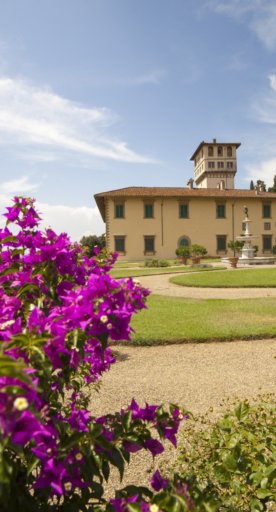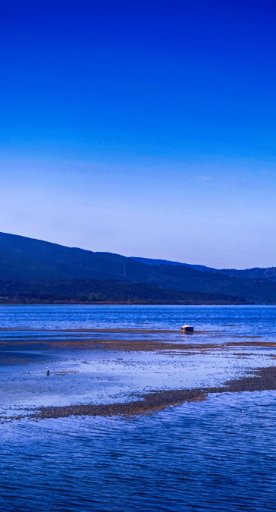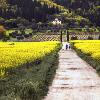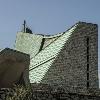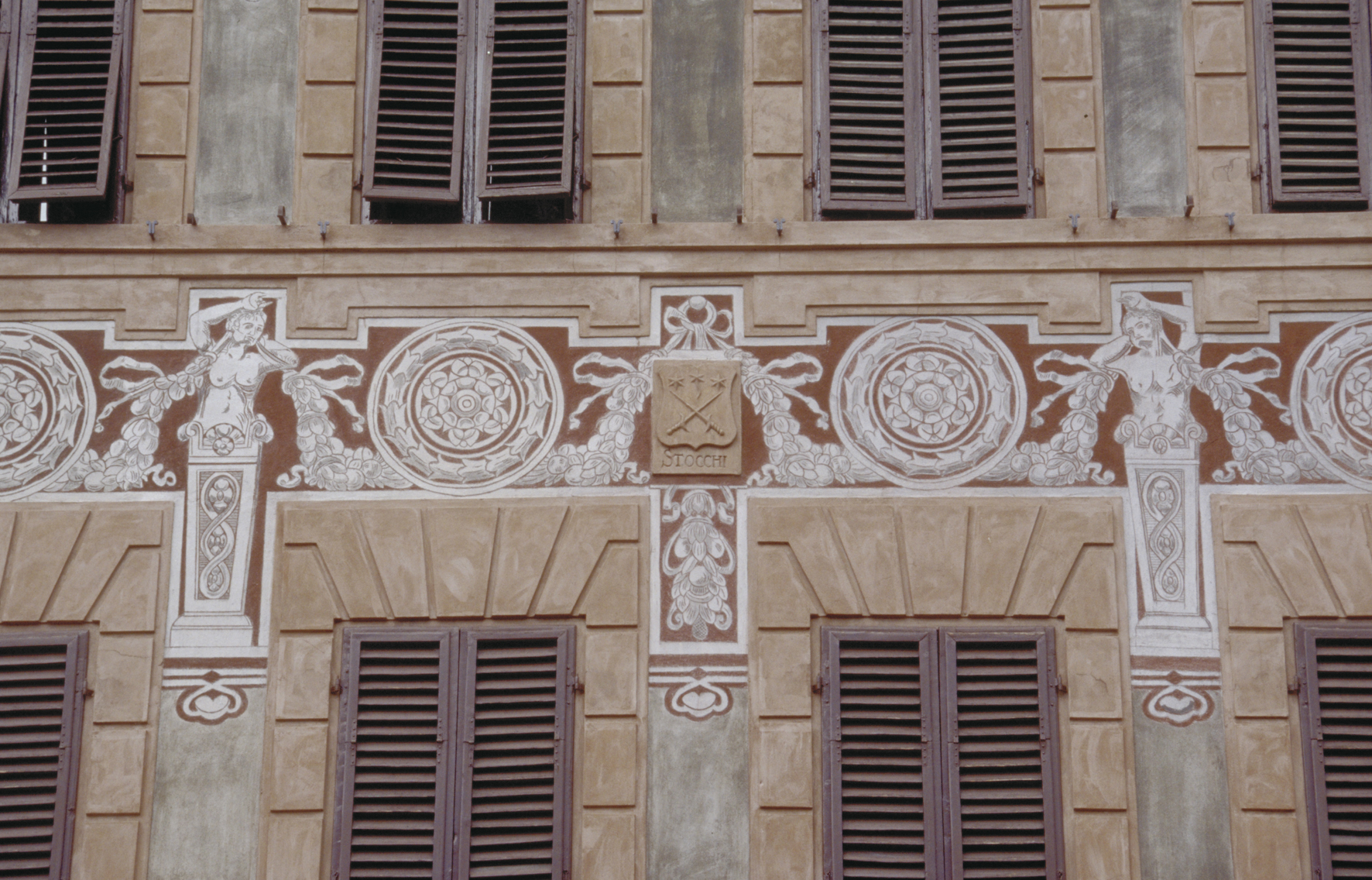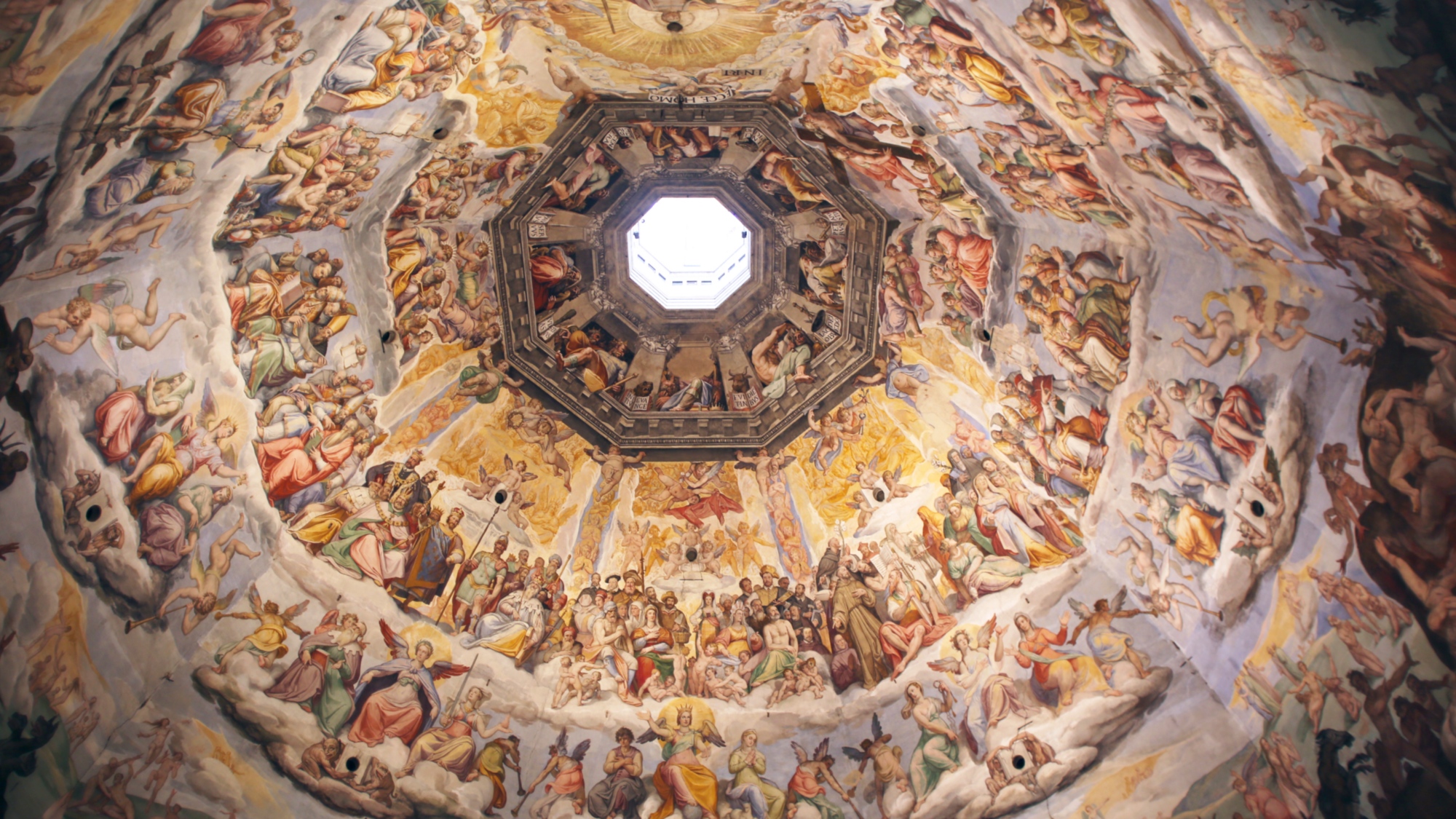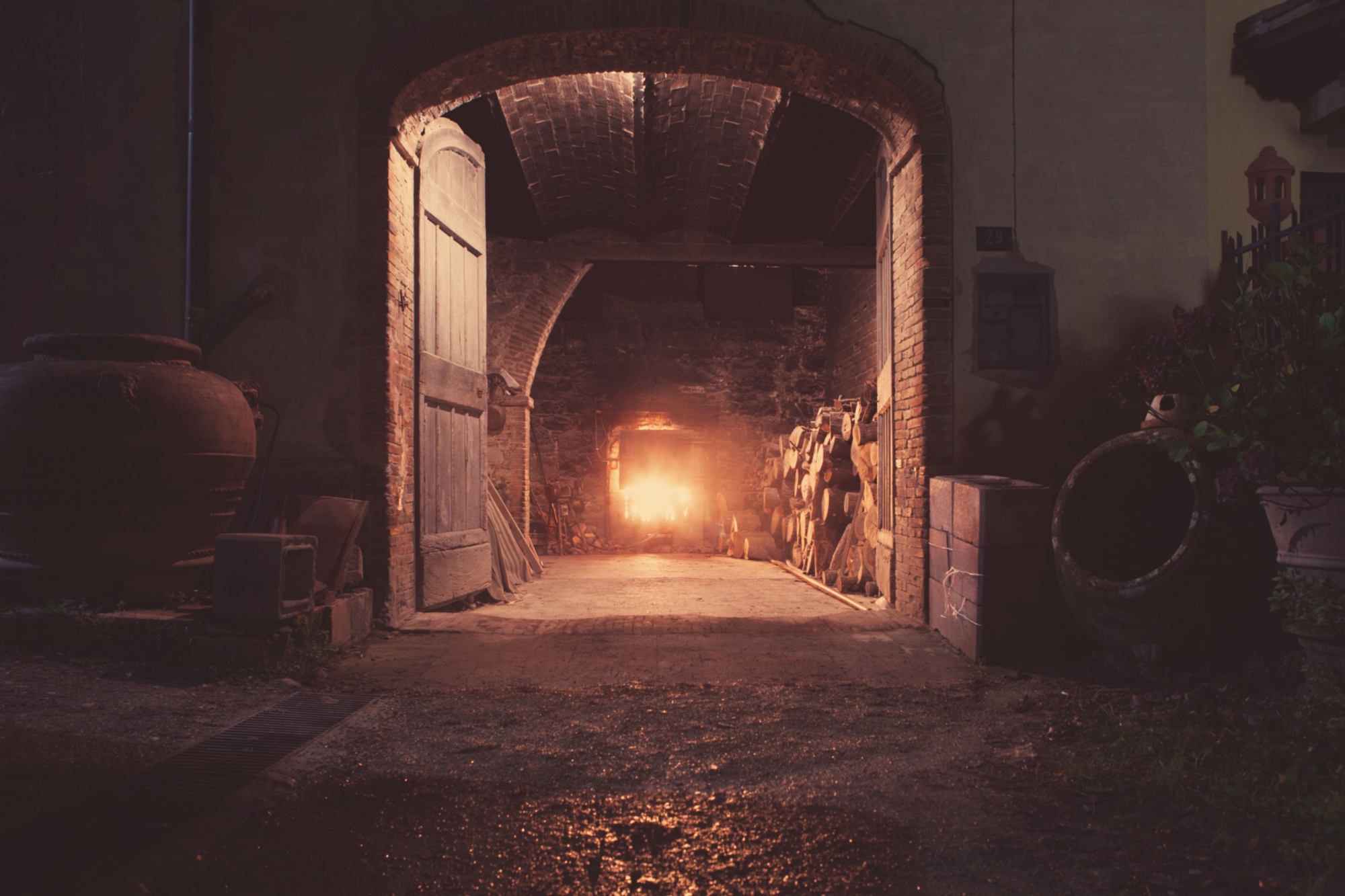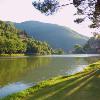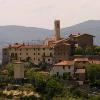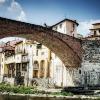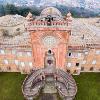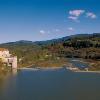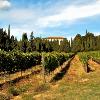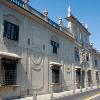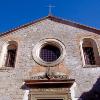Check out the 9th century town hall, which still houses the age-old coats of arms of the Podesteria, and the more than a millennium-year-old Parish Church of Santo Stefano, home to numerous artworks including a Madonna and Child and Saints attributed to Verrocchio, a St. John the Baptist by Giovanni della Robbia and a wooden crucifix believed to be capable of miracles. Also head for the 18th century Dante Theatre, once one of Italy’s most popular opera houses which has recently been restored.
The iconic Church of San Giovanni is also unmissable, as is the Church of the Autostrada del Sole. The striking building was designed by Giovanni Michelucci and built between and 1964. It stands exactly halfway between Rome and Milan, erected as a memorial to those who lost their lives during the highway’s construction. An icon of modern architecture, the church grabs the attention of anyone who drives by due to its unique and unusual structure on the edge of the motorway.
Also worth a visit is the Antonio Manzi Museum, where visitors can follow the career of the artist after whom the museum is named, as well as the Museum of Sacred Art, in the village of San Donnino, displaying important local liturgical art.
In Santa Maria, a hamlet of Campi Bisenzio, you’ll be able to have a look inside the homonymous church dating back to the 11th century.














